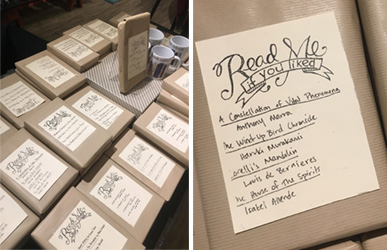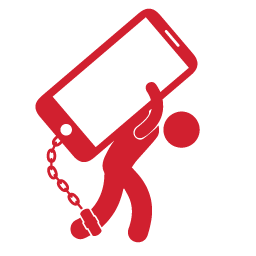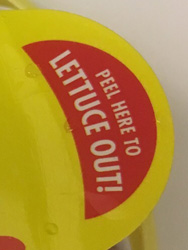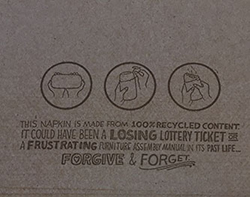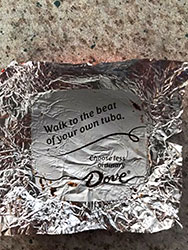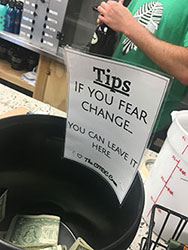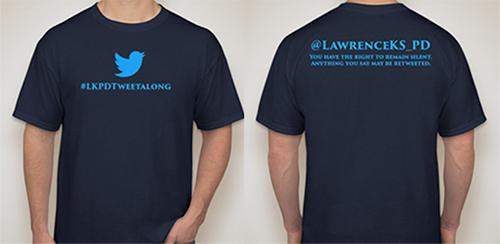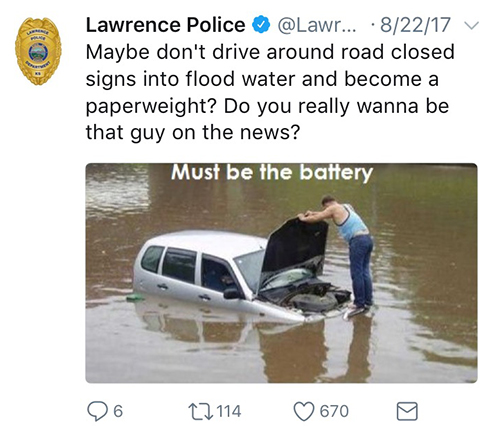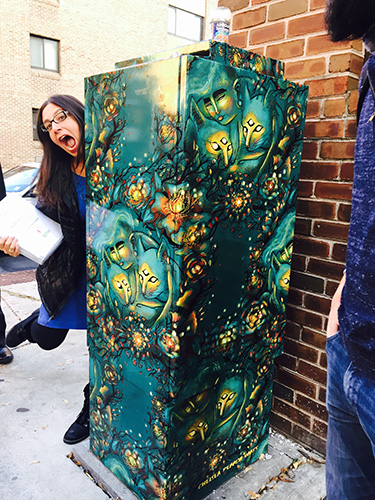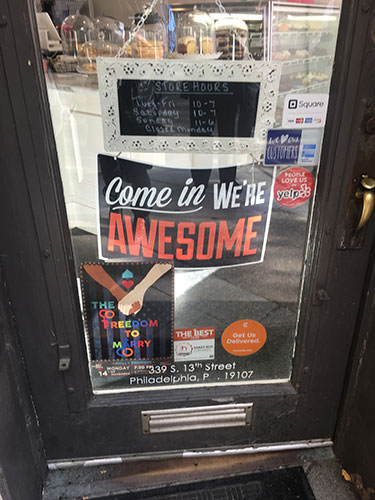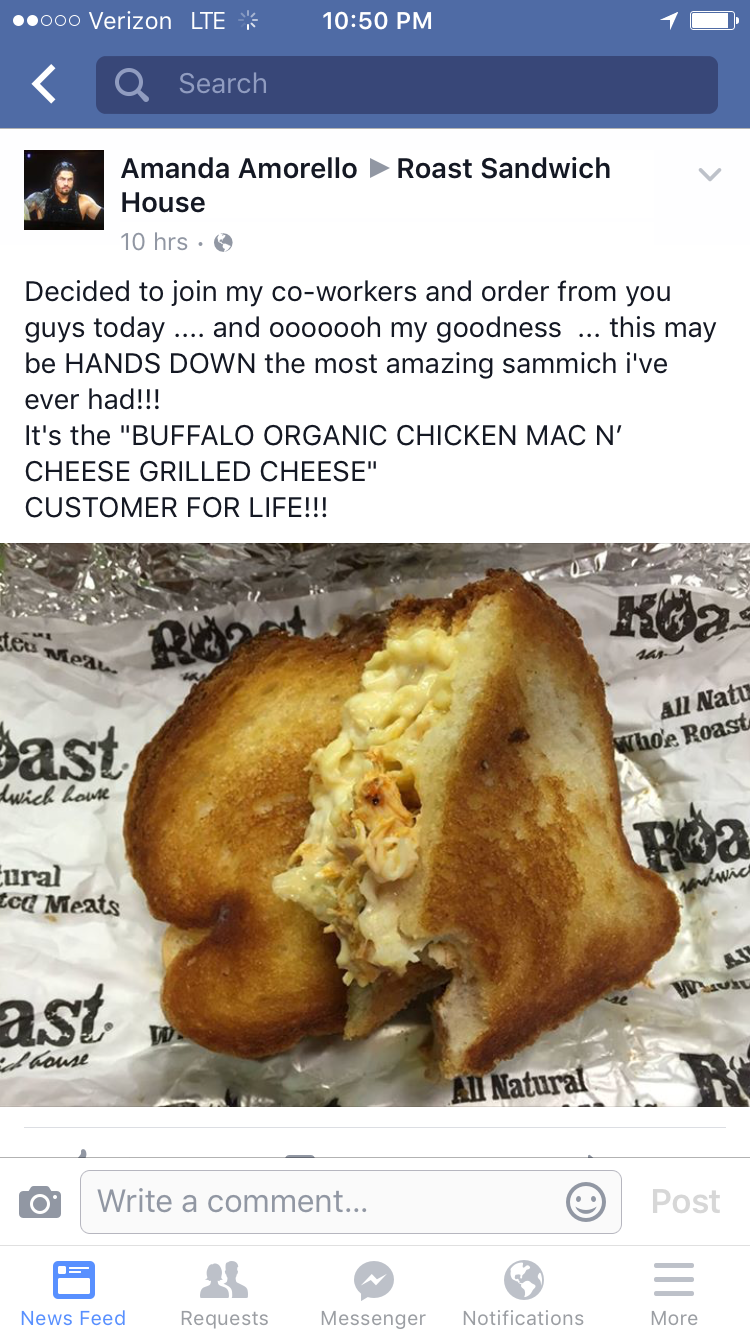Here’s the problem with the cards in hotel rooms that encourage guests to “save the environment” by reusing their towels and sheets each night: consumer skepticism.
The bubble over our heads: Really, hotel? You think we don’t see through this? You’re just saving laundry costs by making people feel guilty about selfishly destroying the planet. We all know that some marketing shyster came up with this angle to trick guests into doing it…and damn it, it burns us that you’re racking up the profit on the backs of our guilt.
The irony is…we really ARE conserving the planet by washing things fewer times. But that’s a massive, fuzzy, intangible outcome, which relies on everyone around the world doing it too…because my ONE little towel is pretty impotent in that crusade all by itself. This makes it hard for folks to embrace, and so – of course – our skepticism kicks in. We might reuse the towels (it’s not a tough ask), but it doesn’t bring us the satisfied, warm glow those cards were meant to inspire.
Enter: bunnies.
During my recent stay at Inn by the Sea in Cape Elizabeth, Maine, I quickly noticed the subtle presence of rabbit art around my room. Then I saw this and it all clicked:
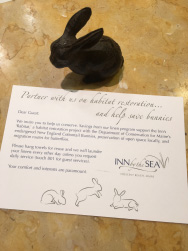
The gist: We invite you to help us conserve. Savings from our linen program support the Inn’s “Rabitat,” a habitat restoration project with the Department of Conservation for Maine’s endangered New England Cottontail Bunnies, preservation of open space locally, and migration routes for butterflies.
Cue warm glow. I’M HELPING SAVE THE BUNNIES! And not just ANY bunnies… THOSE BUNNIES. PROBABLY RIGHT OUTSIDE MY WINDOW. Hopping around IN THEIR “RABITAT.” They even have an adorable name: New England Cottontail Bunnies.
Dude, if you don’t choose to reuse your towel to save a New England Cottontail Bunny, you’re just going straight to hell.
Bravo, Inn by the Sea. You nailed this for several reasons:
- It’s tangible, so guests can visualize and embrace the reason behind linen reuse.
- It’s meaningful…both to them and to you. It gives you something to rally around together in a shared way, which deepens your connection and fosters good feeling.
- It’s different and specific, so it stands out and makes an impression in the sea of vague “help us save the planet” white noise.
- It doesn’t hide the fact that you’re saving money…rather, it shows what you’re doing with the rediscovered funds, which REALLY makes guests trust you and want to help.
Lastly…it’s authentic, genuine, and credible. It smacks down that natural human instinct we all (sadly) have for skepticism about marketing.
And, let’s call a spade a spade: it’s fun and it makes people smile. That…AND it saves the bunnies? #winningatmarketing
 get travel marketing tips
get travel marketing tips 
